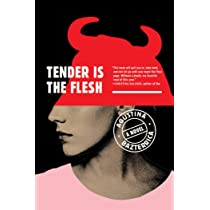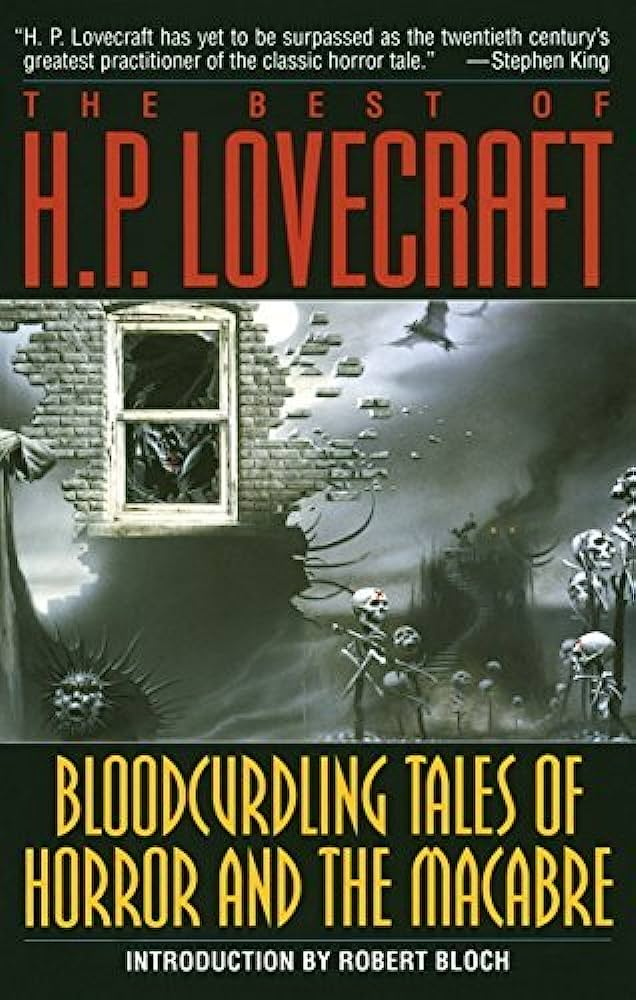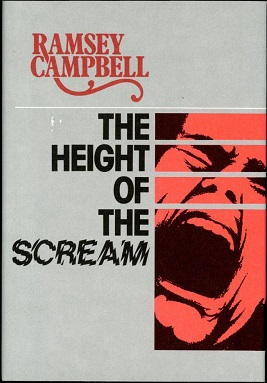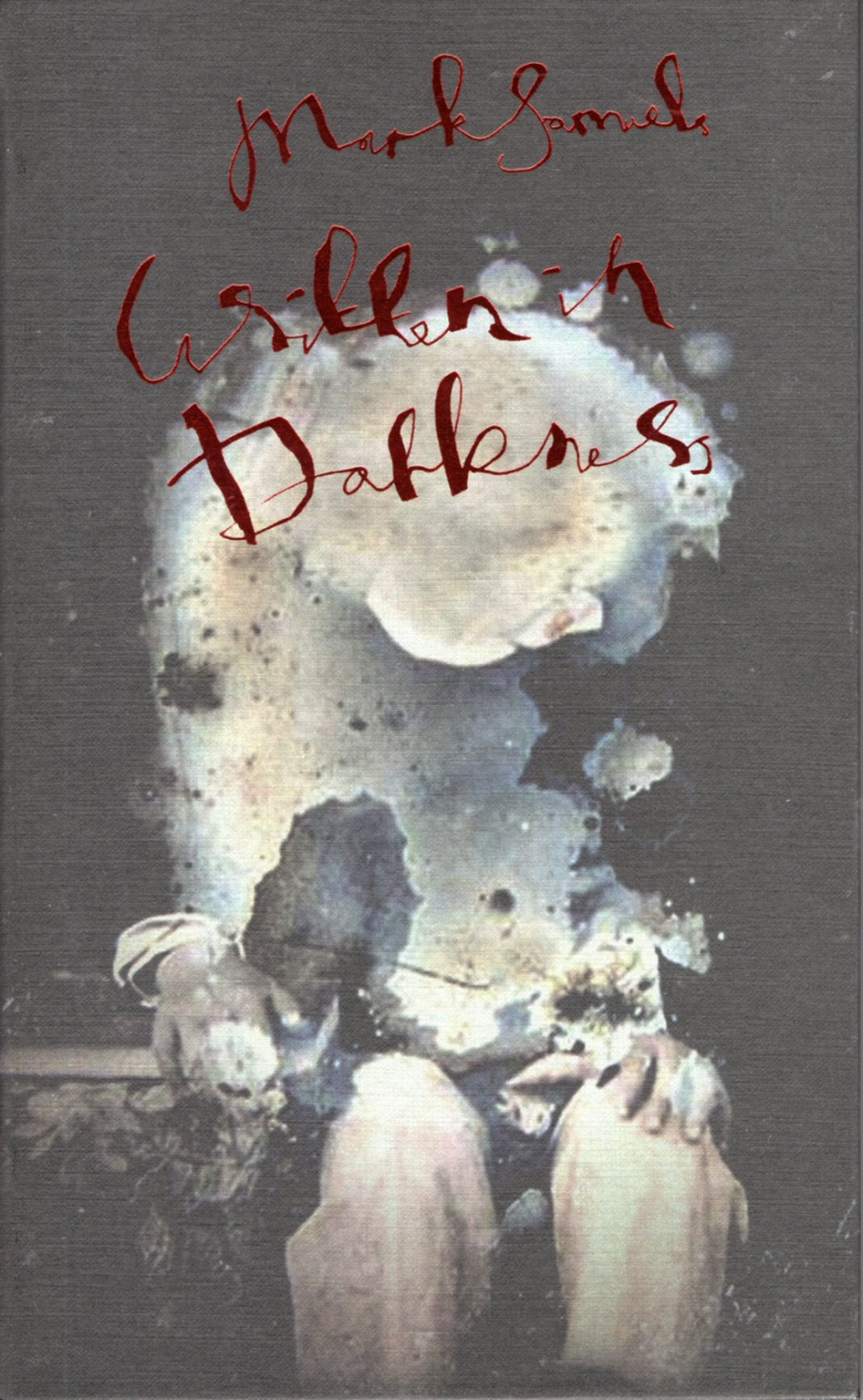Here is a list of what I would name as my top thirteen favorite books of fiction. Novels and short story collections, in no particular order. I have tried to stay away from large best-of collections, I like a more minimalist form of book editing. Shorter books with all meat and no filler. With every list like this must come the disclaimer… this is my list for today, tomorrow the list may be completely different. The immeasurable pleasure these books, among others, have given me and my existence on this earth is something I will always cherish. I hope like-minded people will find similar pleasure in these selections and also maybe encouragement to form their own lists. So for both new readers and readers already in love, I dedicate this to you.

Cold Print/Ramsey Campbell. I just love the whole package of this book. The amazing cover. The gorgeous interior illustrations from J.K. Potter. The first half with a young Campbell playing in the Lovecraft mythos is fun, but certainly not his best work. But then we get to the second half of this collection and Campbell just goes off. I can’t think of a four-story stretch in any collection that can compete with these: Cold Print, Before the Storm, The Faces at Pine Dunes, and The Tugging. Apocalyptic, perverse, and beautifully written. Campbell may be one the greatest writers the horror genre has ever produced. A master of both the whispered, creeping tale and the mind-bendingly horrific. His works can produce a real vertigo in the reader, an actual unease after finishing one of his tales. There are a couple other Campbell collections that could have taken this spot: Demons by Daylight, The Height of the Scream, and Scared Stiff being my other favorites.

Teatro Grottesco/Thomas Ligotti. For my money, this just may be the most brilliant collection of horror fiction ever printed. There is a certain air of sinister delirium that hangs over this book sitting on the bookshelf. A collection of stories that can only be characterized as malignant and bleak. From the abstract horrors of The Red Tower, the strange almost diseased folk horror of In a Foreign Town, In a Foreign Land, the meta nightmare of The Bungalow House, to the body horror of Severini, if ever a book earned the right to be called a collection of nightmares, this is the one. I would also include that Ligotti’s collection Grimscribe was close to taking this spot.

Dark Entries/Robert Aickman. In terms of whispering horror, has anyone ever come close to Aickman? Most of the time, you finish a tale of his feeling completely unnerved, and you have literally no idea why. There are these dark undercurrents to his work hidden in the text, a background of strangeness only hinted at. Sometimes it's hard to even remember what you just read, like trying to find direction in a fog bank.
Scarlet Nights/Juan Muntaner. A collection of the most exquisite erotica. Sometimes dark and disturbing, sometimes willingly transgressing taboos, sometimes playful and teasing. Each and every story is surprising and never what you think it's going to be. Lustful, decadent, and titillating. This collection really is the final word on erotica as a legitimate branch of literature.
The Torture Garden/Octave Mirbeau. Mirbeau mixes the beautiful and the deadly in this intoxication in book form. The dark, the horrible, the worst parts of humanity he makes beautiful and desirable. The main seductress of the tale, Clara, is something out of myth, maybe a reincarnation of Lilith, or Kali? There is an aura around her of the other, like she just stepped out of a dream. The seductress that will lead you, willingly, to your demise.
Tender is the Flesh/Agustina Bazterrica. A dystopian novel that holds nothing back. This book holds a mirror to our society and shows it for what it is, a dying, starving, desperate beast. Underneath the fake veneer that holds our society together, there is a serious rot, a corrupting force that is destroying us. The writing here is wonderfully crisp and poetic. Both a bleak nightmare of society and a poem to degradation.
Confessions of a Five-Chambered Heart/Caitlin Kiernan. There has never been a writer that has combined the melancholy of desire, and the desire for the dark, like Kiernan has. Heartbreak, longing, and despair combine with a desire for the mysterious and the nebulous. Tales of soul-crushing otherness combine with the secret longing to be other than what one is. Kiernan at their best is writing the most beautiful prose being written today. I would add that Kiernan’s collection The Ammonite Violin also was a contender for this spot.
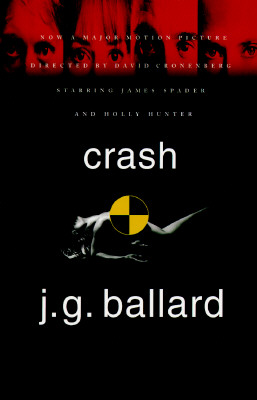
Crash/J.G. Ballard. Science as pornography. Or pornography as science fiction. I don’t feel that any writer has come as close to anticipating the strange reality we live in as Ballard did in the 1970’s. The unreal is taking over the media landscape that has replaced ‘the real’. Our newfound freedom to explore our own obsessions ruthlessly. Crash is a bomb thrown into our discourse, shattering all pretenses. Car crashes and bodily injury as sources of sexual pleasure. The drive to death is secretly entangled in our notions of technological progress. This book is still way beyond acceptance. This book is both a seduction and a warning. Ballard’s The Atrocity Exhibition also could have been in this spot.

Earwig/Brian Catling. The book that forces me to like fantasy. A strange labyrinth of scenes and journeys. A delirium of secrets, doppelgangers, sinister presences, and innocence corrupted. Reading Earwig is like taking a long train journey into lands you never knew existed. Full of foreign sights and smells. All the while having no idea where the train is heading or what the final results of this journey will be. This is a book to get lost in.

The Great God Pan and Other Horror Stories/Arthur Machen. Maybe the grand poet of the horror genre? While protesting sin and darkness and the monstrous, was there any writer who did more to celebrate the darkness than Machen did with his stories? From the nightmare of sex that is The Great God Pan, the reality-smashing mystery of The Novel of the Black Seal, to the seductive enchantments of The White People, these works laid the groundwork for what was to soon become the horror genre. Horror as enchanting nightmare, dark prose that flirts with the sexual, horror as secrets and whispers in the night, all come fully formed in the work of Machen.

Fur/Liliane Giraudon. A tome of perverse fairy tales. Short and bizarre tales of strange encounters, with lovers who are unknowable and flesh that changes form. This is a book to be shared with lovers and one-night stands. This book feels like the author is telling you secrets, but they are weird and rooted in the author's lusts and dreams. A feverish book of desire and fantasy.
Wyrd and Other Derelictions/Adam Nevill. A book devoid of any characters. Or at least any recognizable human characters. A book of ruined landscapes. A literary tour of atrocity and collapse. These are tales of what happens when the worst possible scenario happens, when the monster at the end of the book wins, and what the world looks like afterward.
Throat Sprockets/Tim Lucas. Finally, a book that understands the fetishism and obsession of genre. A love letter to strange films and midnight viewings. This is a book that understands how a film, a book, or art in general, can change your entire life. The way you view reality and the way you live your life can be altered by a chance viewing of a film in a rundown movie theater or on television late at night. Anyone who has obsessed over a cult film or an underread book will find a kindred spirit here. Erotic and obsessive, this book just absolutely unrepentantly throbs with passion and lust for cult films and secret vices.









